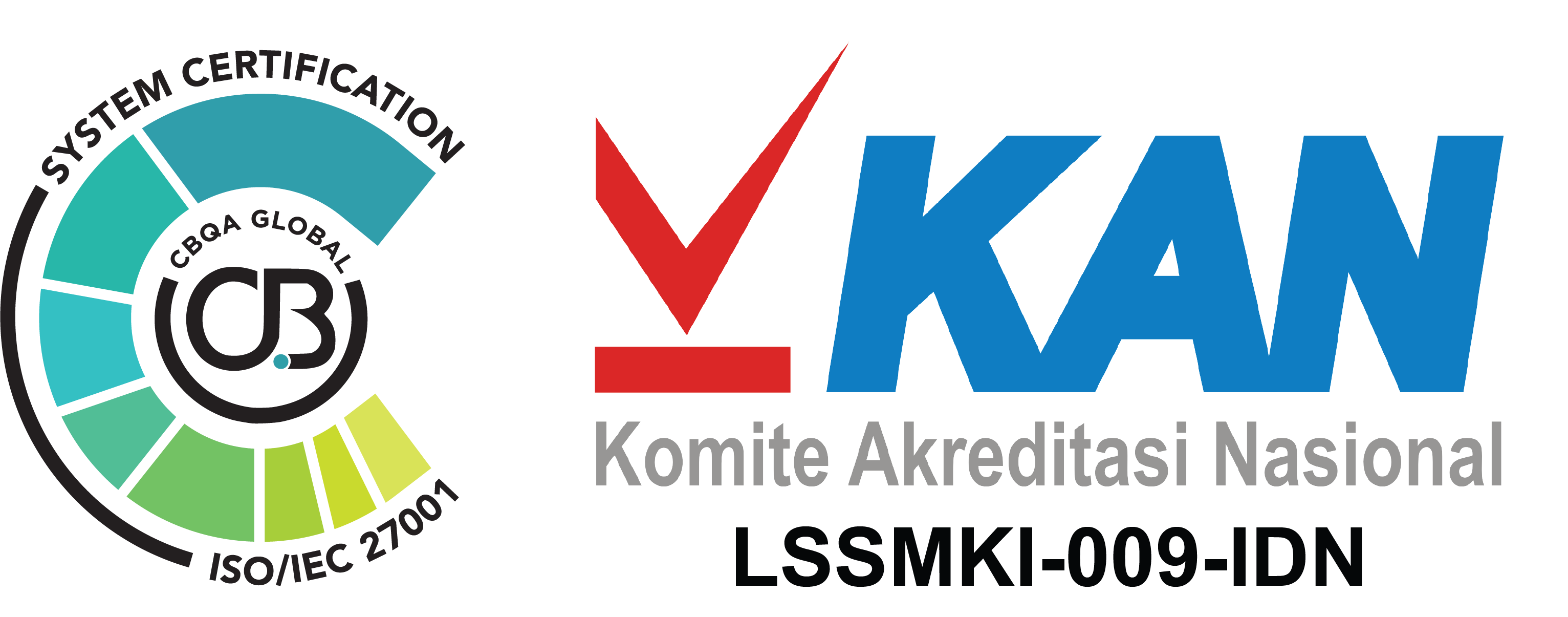Today’s Outlook:
• US MARKET : The three major U.S. indices — Dow Jones +0.4%, S&P 500 +0.4%, and Nasdaq +0.8% — once again closed at new record highs. Positive sentiment was supported by optimism toward a U.S.–China trade agreement and expectations that the Federal Reserve will cut rates by 25 bps on Wednesday, bringing the federal funds rate to the 3.75%–4.00% range.
Ahead of the upcoming Trump–Xi meeting later this week, reports indicated that the U.S. is willing to lower tariffs on chemicals used for fentanyl production by up to 10%, provided that China tightens its oversight. This follows continued economic cooperation after President Trump and Japan’s Prime Minister Sanae Takaichi signed a rare earth supply agreement aimed at reducing global dependence on China.
Additionally, trade negotiations in Kuala Lumpur produced a draft deal to avoid new tariffs, further boosting market optimism.
Comments by Jerome Powell regarding the end of quantitative tightening also strengthened expectations that liquidity conditions will remain supportive.
• EUROPEAN MARKET : European stocks traded in a subdued manner Tuesday, with traders digesting a swathe of major corporate earnings ahead of an eagerly-awaited policy meeting by the Federal Reserve. The DAX index in Germany slipped 0.1% and the CAC 40 in France dropped 0.3%, while the FTSE 100 in the U.K. rose 0.5%.
•ASIAN MARKET: Most Asian stock markets edged lower on Tuesday as investors digested fresh developments in U.S. diplomacy across the region and awaited a series of key central bank decisions later this week. Japan’s Nikkei 225 fell 0.4% on Tuesday after surging more than 2% to a record high of 50,549.60 points in the previous session. The broader TOPIX index declined 0.6%. Both China’s blue chip Shanghai Shenzhen CSI 300 and the Shanghai Composite were largely unchanged. Hong Kong’s Hang Seng index edged 0.3% lower. South Korea’s KOSPI led losses for the day, slipping over 1%. Data on Tuesday showed the country’s third-quarter GDP beat expectations, marking its fastest pace of expansion in over a year.
• COMMODITIES : Oil prices slipped about 2% on Tuesday, marking a third straight day of declines as investors considered the impact of U.S. sanctions against Russia’s two biggest oil companies on global supply, along with a potential OPEC+ plan to raise output. Brent crude futures settled down USD 1.22, or 1.9%, to USD 64.40 a barrel. U.S. West Texas Intermediate crude futures settled down USD 1.16, or 1.9%, at USD 60.15. Brent and WTI last week registered their biggest weekly gains since June, reacting to U.S. President Donald Trump’s decision to impose Ukraine-related sanctions on Russia for the first time in his second term, targeting major oil companies Lukoil and Rosneft. The U.S. government has provided written assurances that the German business of Russia’s Rosneft would be exempt from the sanctions because the assets are no longer under Russian control, Germany’s economy minister said
• INDONESIA: The JCI closed lower, down -0.3% at 8,092.63, slipping into the red zone. The next support area is projected around 7,900–8,000. Market participants appear to remain in a wait-and-see stance following sentiment related to free float reclassification among MSCI Indonesia constituents.
Notes on Conglomerate Stocks: For investors who still favor conglomerate stocks, adopting fast trading or scalping strategies is currently considered more appropriate. This is due to a less attractive risk–reward profile and heightened volatility driven by a large proportion of corporate account ownership in these stocks.
Rotation Toward Old-Dividend Players: We continue to recommend shifting toward stocks offering dividend yields that exceed bond yields in this environment of elevated uncertainty. Over the past week, market inflows have rotated into solid fundamental dividend stocks, given their more attractive yields compared to bond returns. That said, sectors such as banking still face challenges related to loan growth and asset quality, while consumer-based stocks are pressured by weakening purchasing power. Any correction in blue-chip dividend stocks may be viewed as an opportunity for buy-on-weakness. Additionally, defensive plays such as those in the consumer, pharmaceutical, and tobacco sectors could be attractive options.
Download Full Report HERE.

